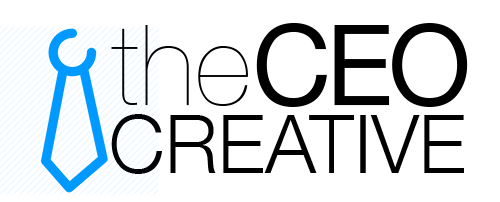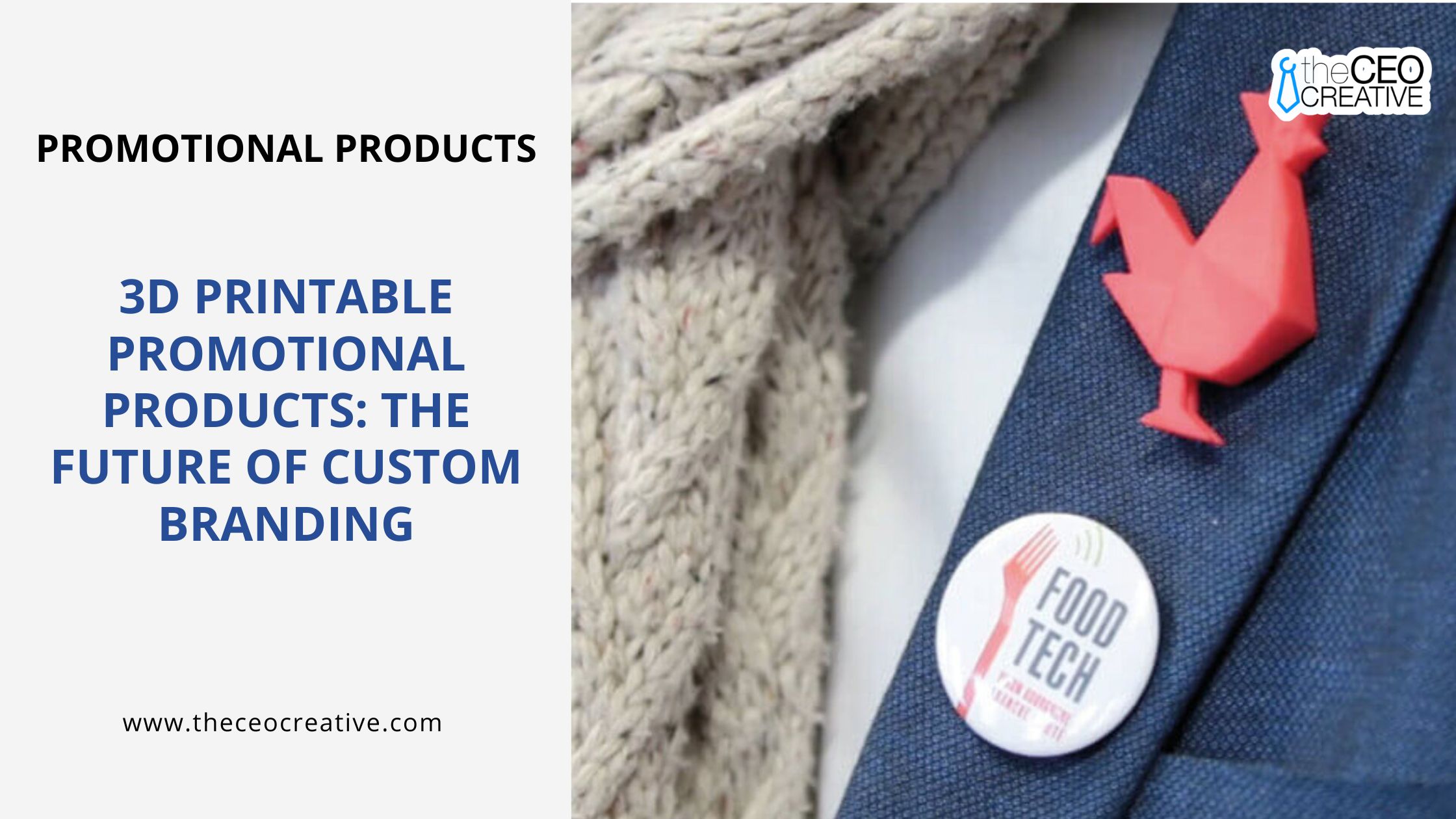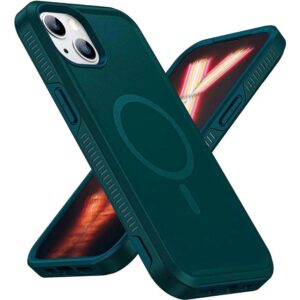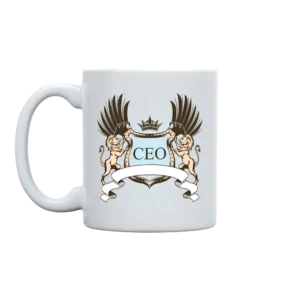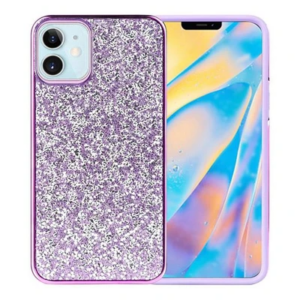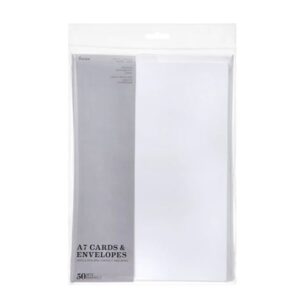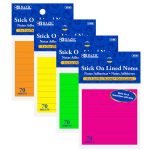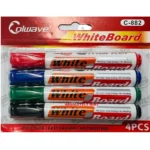What if you could bring your brand to life through one-of-a-kind, custom-made products designed to leave a lasting impact on your customers?
With 3D printing, this vision is no longer a dream, but a dynamic reality! This game-changing technology isn’t the future of customized promotional products –it’s the ‘NOW.’
Think about it – you can now design everything from keychains and detailed models to individualized desk widgets; the options are expanding right along with your imagination!
Take Nike, for example. In 2018, they made headlines with the launch of the Zoom VaporFly Elite Flyprint — the first 3D-printed textile upper in performance footwear! It wasn’t just a shoe release; it was indeed a bold marketing move!
And, if global giants like Nike are embracing 3D-printed design, it’s a green sign that the future of branding is customizable, creative, and printed layer by layer!
So, in this blog, we’ll highlight how 3D-printed promotional items are rewriting the rules of the marketing landscape, providing businesses with an affordable and authentic way to stand out in a competitive market.
What are 3D Printable Promotional Products?
3D printable promotional products are custom-designed items created using 3D printing technology, also known as additive manufacturing. These products are unique because they are created layer by layer from a digital model, allowing businesses to design items that are highly customizable and tailored to their branding needs.
The Evolution of 3D Printing Technology
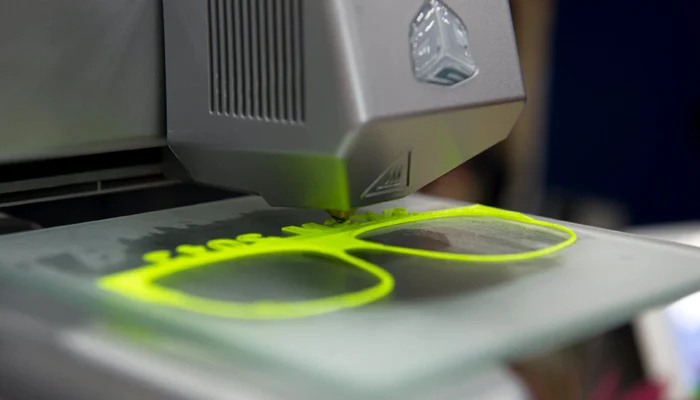
Early Beginnings (1980s):
3D printing, also known as additive manufacturing, first emerged in the 1980s as a rapid prototyping technique. Initially, its use was confined to specific, high-cost applications due to slow processing times and expensive equipment.
Advancements in the 2000s:
However, as technology advanced, so did 3D printing. The introduction of new materials such as plastics, metals, and resins expanded 3D printing’s versatility.
By the 2000s, 3D printers had become both more reasonable and efficient. In 2008, the Darwin 3D printer, developed by Dr. Adrian Bowyer, became a landmark in 3D printing. This self-replicating printer could produce over 18% of its own parts and cost less than $650, making 3D printing more affordable and accessible for individuals and businesses alike.
Apart from this, increased resolution enabled the creation of more complex and detailed designs with greater precision.
Current Landscape:
Nowadays, 3D printing stands out for its exceptional flexibility and speed in producing complex designs and customized products. The widespread adoption of this technology enables industries, including those in the promotional products sector, to produce items that are more personalized, detailed, and unique compared to traditional manufacturing methods.
In fact, the global 3D printing market is projected to reach USD 37.4 billion by 2029, demonstrating the rapid growth and increasing significance of this technology in the future of production.
Traditional Printing vs. 3D Printing: A Comparison
| Aspect | Traditional Printing | 3D Printing |
| Customization | Limited to flat surfaces and basic designs | Highly customizable; allows for intricate, 3D shapes |
| Cost | Lower initial cost but higher for small runs (minimum order) | Higher initial investment, but cost-effective for small runs and on-demand production |
| Material Use | Uses a set range of materials (e.g., paper, fabric, plastic) | Uses a wide variety of materials (plastics, metals, biodegradable options) |
| Production Time | Fast for bulk production but slow for custom designs | Fast for small batches and prototypes; time-saving with on-demand printing |
| Complexity | Suitable for simple, flat designs (e.g., logos, text) | Can produce complex, multi-dimensional, and functional products |
| Environmental Impact | Typically involves waste from excess stock and materials | Minimizes waste, often uses recyclable or biodegradable materials |
| Durability | Limited by material type and design | Highly durable, depending on materials; can create long-lasting products |
Benefits of 3D Printing for Custom Branding
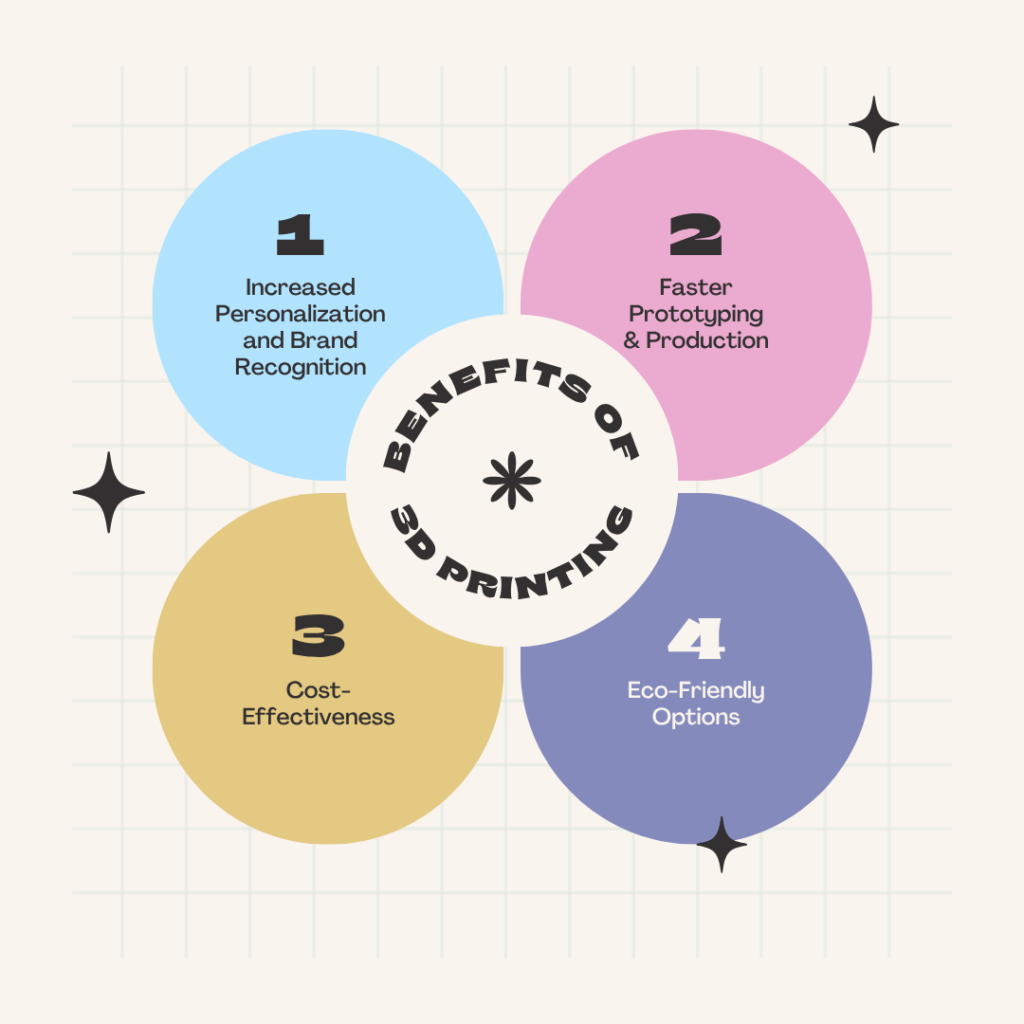
Businesses are always on the lookout for fresh, engaging ways to capture their audience’s attention when it comes to branding and marketing. Let’s dive into why this printing technology is revolutionizing this field:
-
Increased Personalization and Brand Recognition
Traditional manufacturing often comes with large minimum orders and setup costs. With additive technology, every item can be customized down to the tiniest detail. This opens the door for brands to create personalized 3D printed promotional products that fit specific campaigns or client preferences without the usual limitations.
| Picture this:
You could give your customers a key holder shaped like your brand’s logo, but then jazz it up with their own initials! What do you get? A super cool, totally unique item that makes a real emotional connection between your brand and your customer. |
-
Faster Prototyping & Production
3D printing makes it possible to move from concept to product quickly. You can test ideas, make real-time adjustments, and bring new custom 3D promotional items to market faster. This flexibility is incredibly valuable for brands that need to stay ahead of trends or react quickly to market feedback.
-
Cost-Effectiveness
Thanks to advancements in technology, 3D printing has become more affordable. Traditional manufacturing often involves producing in bulk, resulting in significant waste. With additive technology, however, things are made only when needed, cutting down on waste. Moreover, since promotional products can be printed as required, businesses can save money on inventory and storage.
-
Eco-Friendly Options
Sustainability matters more than ever, and 3D printing supports that. Many of the materials used are recyclable or biodegradable, and the process itself generates minimal waste. Additionally, producing promotional goods locally reduces the carbon emissions associated with extensive transportation and supply chain logistics.
For brands that value eco-conscious practices, leaning towards 3D printing promotional products is a step in the right direction!
Popular Types of 3D Printable Promotional Products
Now that we’ve explored why this additive printing is taking over the branding world, it’s time to check out some of the hottest 3D printed promotional items that are creating a buzz in marketing circles.
-
Personalized Branded Accessories
3D printing lets you design branded accessories that aren’t just different—they’re the kind that people will want to hold onto. Some examples include:
✅ Custom keychains with names, initials, or unique designs.
✅ Functional tools like bottle openers or mini flashlights.
✅ Personalized bag tags, luggage markers, or charms.
✅ Custom jewelry, like rings and pendants.
-
Customized Office Supplies
For many, the office remains the heart of their daily routine, making branded office gear a smart and noticeable way to promote your company. Thanks to additive printing, businesses can now create:
✅ Personalized desk organizers.
✅ Phone stands and holders.
✅ Custom pen holders or paperweights.
✅ Fun stress-relief desk toys.
✅ USB holders shaped like circuit boards or gadgets.
-
Bespoke Awards and Trophies
Forget generic trophies! 3D printing lets businesses design awards that feel personal, thoughtful, and completely on-brand. Here are some ideas:
✅ Custom-shaped awards that reflect the company’s identity.
✅ Themed trophies based on campaign or event concepts.
✅ Designs using multi-color or metal-infused filaments.
✅ Mini-statues or figurines tailored to recipient roles.
Brands that cleverly use this advanced printing technology aren’t just slapping their logo on something; they’re crafting a personalized link to their customers, one print at a time.
Challenges and Considerations in 3D Printable Promotional Products
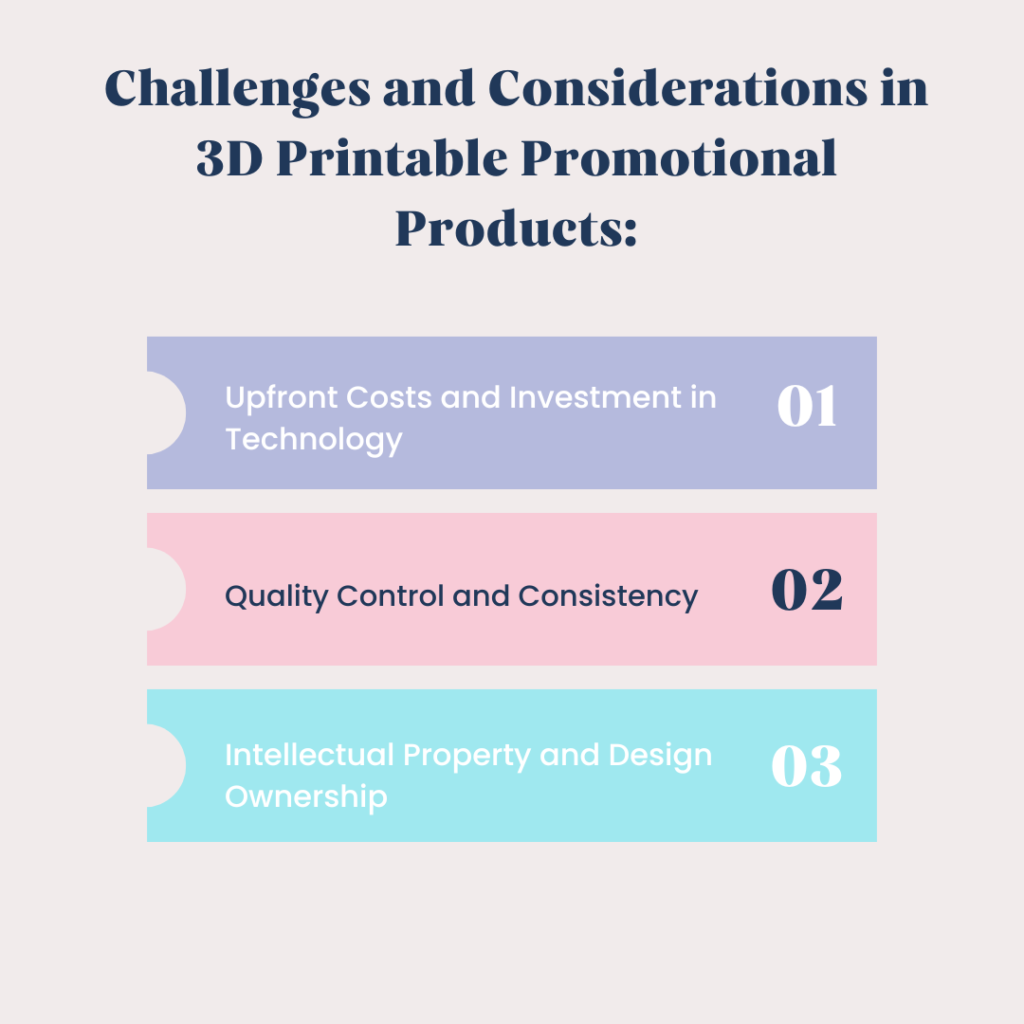
Although the benefits of using 3D printed items for promotion are obvious, companies also need to think about and tackle certain challenges. Dealing with these aspects properly will make sure that this new technology is effectively included in marketing plans.
– Upfront Costs and Investment in Technology
Getting into 3D printing can be quite expensive for businesses initially. You’ve gotta shell out money for the machines, the materials, and people who know how to use them all. But if you plan things out smartly, it can really pay off down the line.
Consider:
- Whether your business is ready for the transition, both financially and operationally.
- Training and staffing to operate and maintain the equipment.
- Feasibility check to assess whether in-house printing or outsourcing is the better route for your brand.
– Quality Control and Consistency
Maintaining a steady level of quality with 3D printed promotional items is absolutely vital, though it can certainly be a tough nut to crack. You see, all sorts of differences can pop up during the printing process itself – the quality of the materials used and the complexity of the designs, eventually impacting the final product.
To manage this:
- Opt for top-notch, high-quality, durable materials that can help reduce the chances of quality slipping.
- Establish set procedures and quality control systems to ensure that each product consistently meets those quality targets.
- Test complex designs for feasibility before scaling and implement quality checks at every stage of production.
– Intellectual Property and Design Ownership
With the freedom to create comes the responsibility to protect your ideas. Therefore, businesses must carefully consider how to protect their unique designs while also complying with the law.
Best practices include:
- Drafting clear contracts that clearly outline who owns a design and how it can be used helps avoid disputes over it later.
- Companies should consider officially registering their designs and trademarks to protect their creative work.
- When working with designers or other brands, communicating openly and having written agreements ensures everyone is on the same page and can help prevent problems down the road.
The Future of 3D Printable Promotional Products in Custom Branding
The outlook for 3D-printed promotional items is remarkably optimistic, establishing a fresh benchmark for personalized branding. Companies are increasingly adopting this groundbreaking technology to create distinctive marketing materials that stand out in a competitive environment.
Moreover, as additive printing technology continues to evolve, businesses can expect even more opportunities to push the boundaries of creativity, sustainability, and cost efficiency in custom branding.
Wrapping It Up – In 3D Style!
3D printable promotional products aren’t just a flashy innovation – they are a robust response to the limitations of traditional branded merchandise.
Being able to create one-of-a-kind products whenever needed, customized for specific marketing efforts or individuals, is a significant advantage nobody can ignore!
Although there are some upfront costs and design factors to consider, the advantages down the line, such as reduced waste, faster production, and a stronger brand connection, are impossible to ignore!
In short, the future of personalized branding is exciting, individualized, and 3D printed!
FAQs
- Can you legally sell 3D printed items?
Yes, you can legally sell 3D printed items, as long as the design is original or you have permission to use it. Be mindful of copyright, trademark, and patent laws when selling.
- Which country is leading in 3D printing?
The United States is currently a global leader in 3D printing, closely followed by the United Kingdom and Germany. These countries invest heavily in innovation, industrial applications, and research in additive manufacturing.
- Is there a demand for 3D printing?
Absolutely! Demand for 3D printing is growing across various industries—from healthcare and aerospace to fashion and marketing—thanks to its flexibility, customization capabilities, and reduced production costs.
- What is the most popular 3D printed item?
Common popular 3D printed items include figurines, phone stands, keychains, and prototypes. Customizable home décor and tools also top the list for both hobbyists and small businesses.
